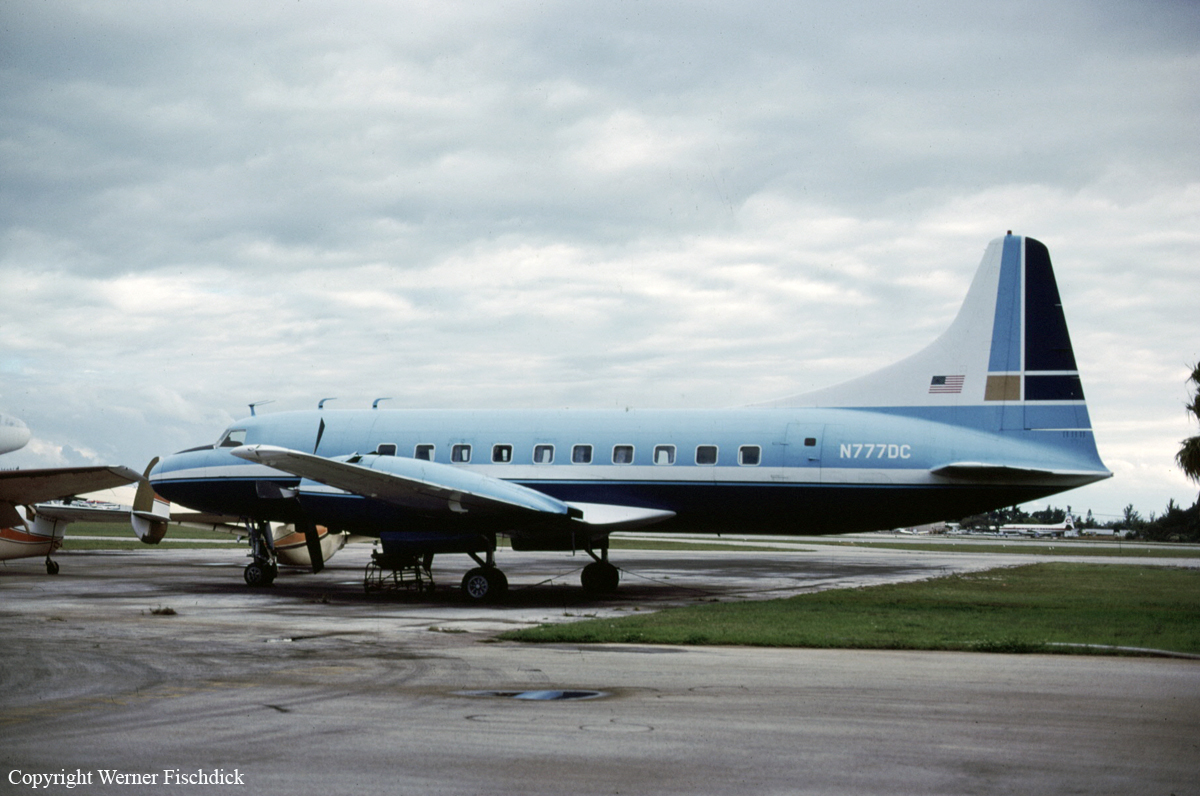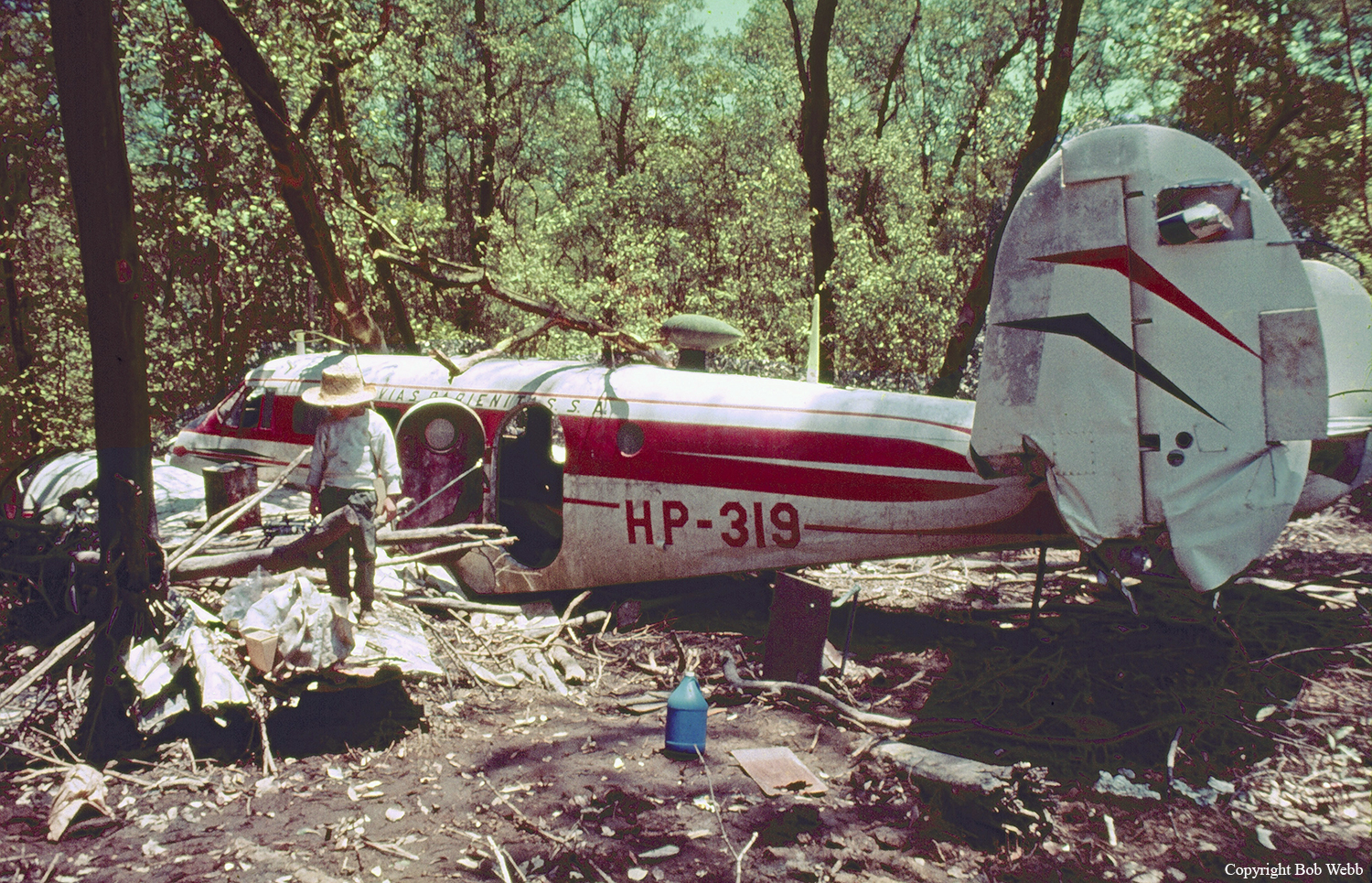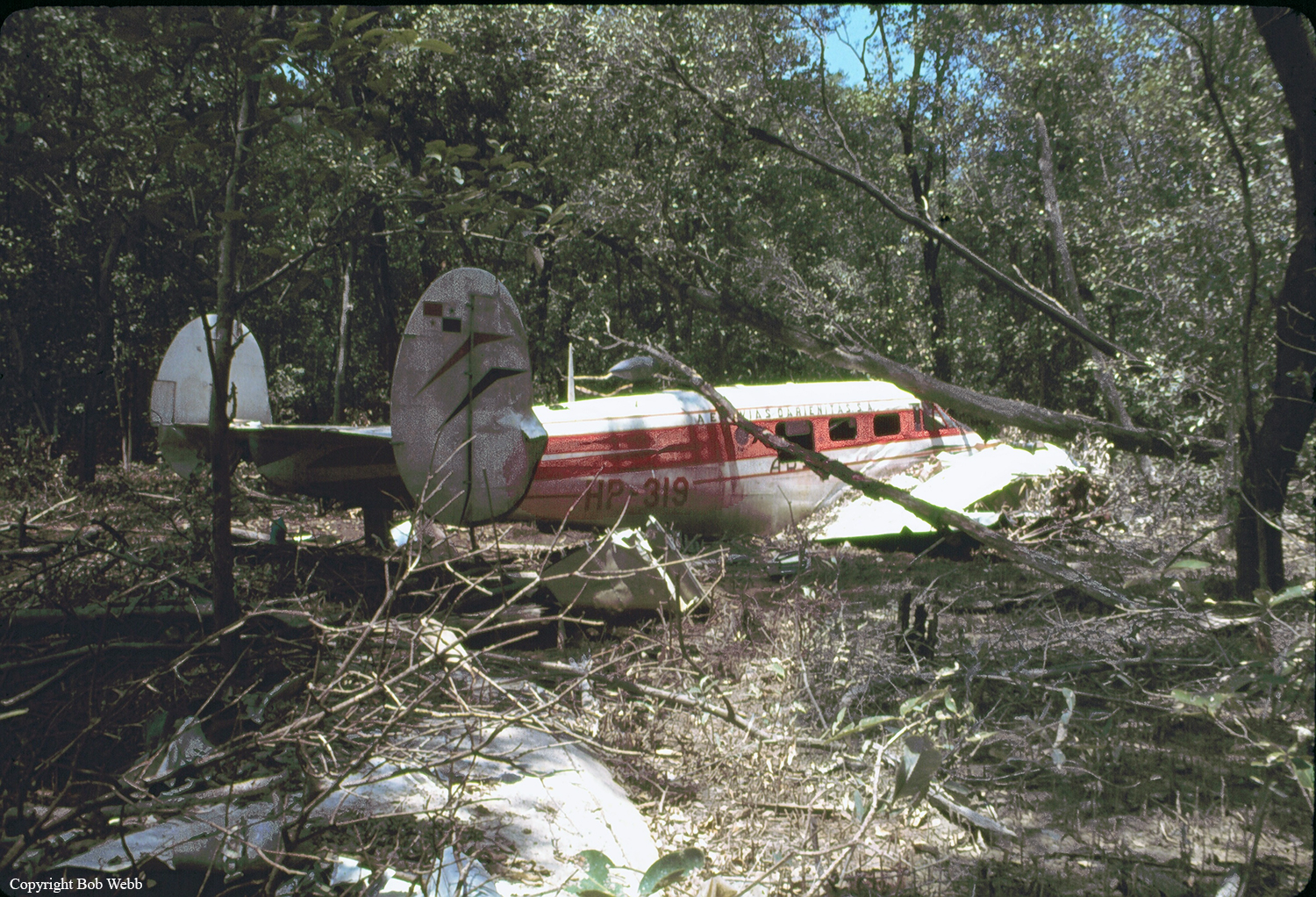Crash of a Cessna 411 in Jacksonville: 3 killed
Date & Time:
Jan 8, 1979 at 1005 LT
Registration:
N7338U
Survivors:
No
Schedule:
Jacksonville - Panama City
MSN:
411-0038
YOM:
1964
Crew on board:
2
Crew fatalities:
Pax on board:
1
Pax fatalities:
Other fatalities:
Total fatalities:
3
Captain / Total hours on type:
4.00
Circumstances:
After takeoff from Jacksonville-Executive at Craig Airport, while climbing in marginal weather conditions, the pilot-in-command lost control of the airplane that entered an uncontrolled descent and crashed. All three occupants were killed. The airplane was completing a special flight to Panama City on behalf of the Sheriff's office.
Probable cause:
Uncontrolled descent and subsequent collision with ground after the pilot suffered a spatial disorientation during climb to cruise. The following contributing factors were reported:
- lack of familiarity with aircraft,
- Low ceiling,
- Fog.
- lack of familiarity with aircraft,
- Low ceiling,
- Fog.
Final Report:






